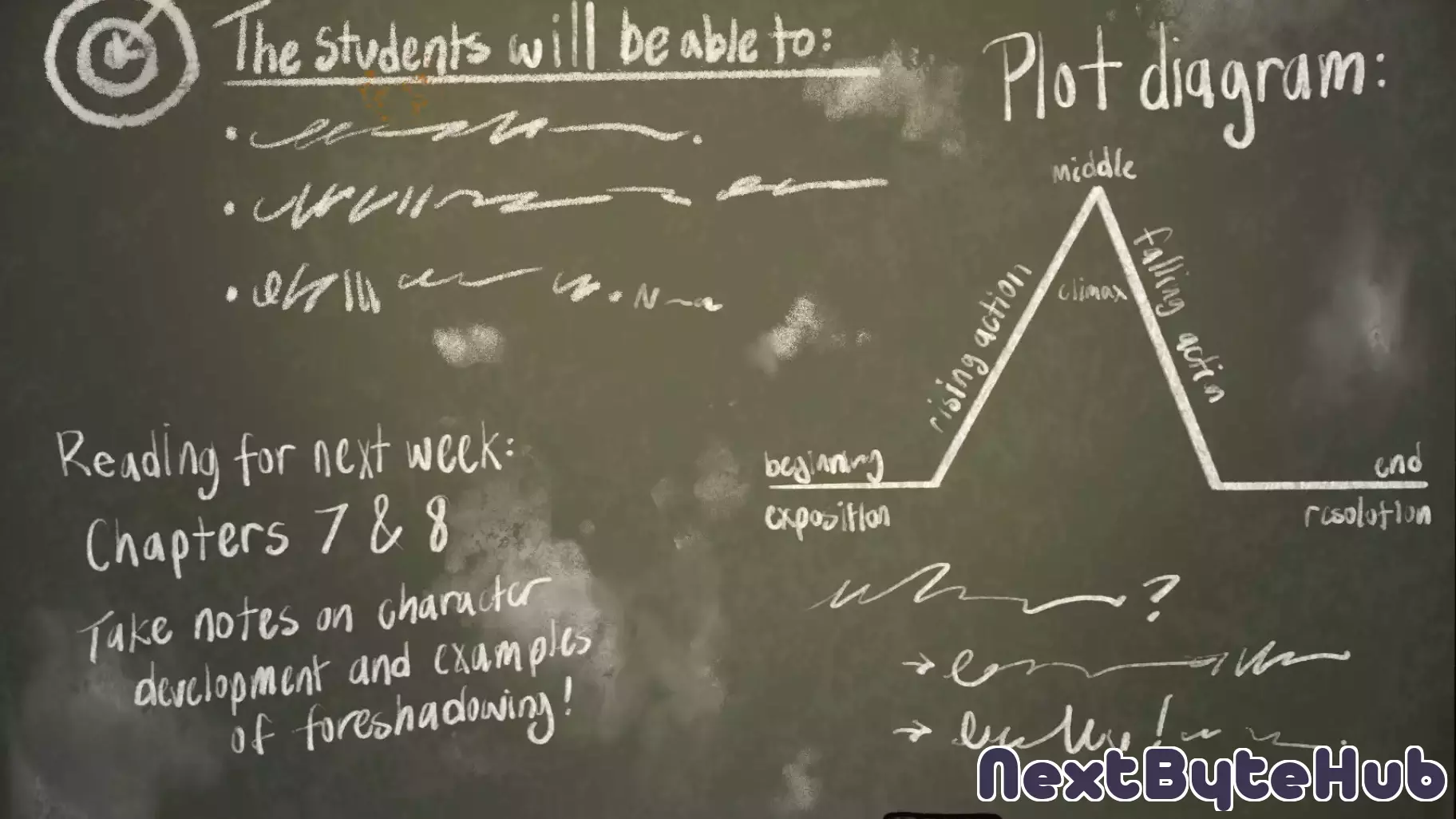The Importance of Reading in Modern Education
February 10, 2025 - 04:51

In today's educational landscape, there is a growing concern that the focus on technology may be overshadowing the fundamental skill of reading. While advancements in digital tools and resources can enhance learning experiences, the essence of literacy remains rooted in traditional reading practices.
Reading not only improves comprehension and vocabulary but also fosters critical thinking and creativity. Engaging with texts encourages students to analyze information, draw connections, and develop their own perspectives. Furthermore, face-to-face instruction plays a crucial role in reinforcing these skills. Interactions with teachers and peers provide valuable opportunities for discussion and collaboration, which are vital for a well-rounded education.
As educational institutions continue to embrace technological innovations, it is essential to strike a balance. By prioritizing reading and direct instruction, educators can ensure that students are not only proficient in navigating digital platforms but also equipped with the foundational skills necessary for lifelong learning. The challenge lies in integrating technology in a way that complements, rather than replaces, traditional literacy practices.
MORE NEWS

October 19, 2025 - 00:52
BlackSky Technology Inc. Sees Significant 27% Surge in Share PriceBlackSky Technology Inc. shares have had a really impressive month, gaining 27% after a shaky period. This remarkable increase in stock value reflects growing investor confidence in the company`s...

October 18, 2025 - 04:48
Major Acquisition in the Medical Technology SectorPrivate equity firms TPG and Blackstone are reportedly close to finalizing a significant acquisition of the medical technology company Hologic. This deal, if completed, would mark one of the...

October 17, 2025 - 17:18
Apple to Exclusively Broadcast Formula 1 in the U.S. Starting 2026In a groundbreaking move, Apple has finalized a five-year exclusive agreement to broadcast Formula 1 in the United States beginning in 2026. This partnership is set to revolutionize the way fans...

October 17, 2025 - 03:03
NFL Embraces AI Technology on SidelinesThe NFL is making strides in innovation by integrating AI technology into the Microsoft tablets utilized by coaches and players on the sidelines. This cutting-edge advancement aims to enhance...